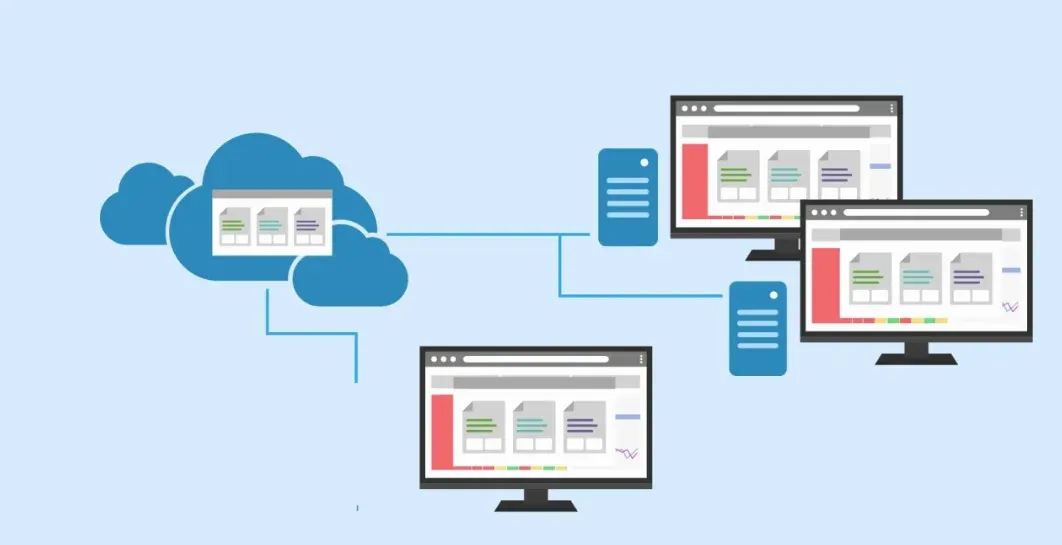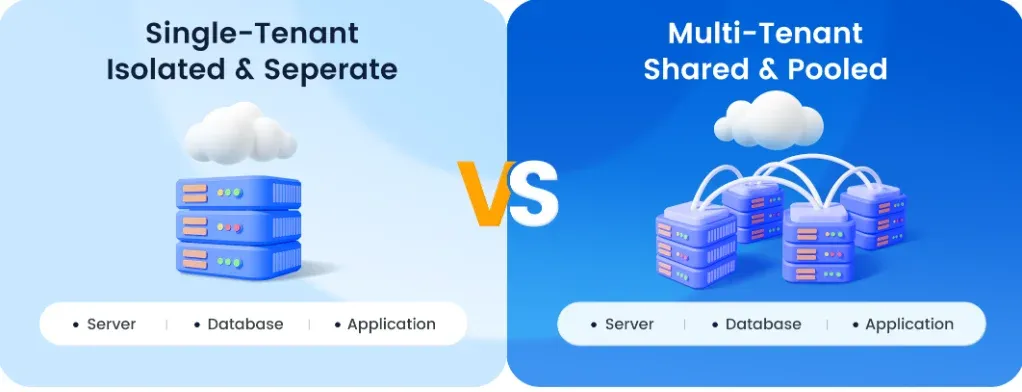Efficient communication systems are essential for success. Cloud PBX has transformed business communication, offering scalability, flexibility, and cost efficiency. Unlike traditional on-premises PBX systems, Cloud PBX leverages the internet to provide a seamless and agile communication experience.
For service providers and telephony resellers, understanding Cloud PBX deployment models and architectures is crucial to aligning solutions with diverse customer needs. This guide explores the key deployment models and architectural types of Cloud PBX, helping you make an informed decision based on your business requirements.
Cloud PBX Deployment Models

The deployment model determines how Cloud PBX systems are hosted and managed, impacting scalability, operational complexity, and cost. Below, we examine two primary deployment models, highlighting their advantages and challenges.
1. Turnkey Solutions (Hosted by the Provider)
Turnkey solutions simplify Cloud PBX adoption by offering fully managed systems hosted by the provider. This model is ideal for resellers seeking a low-maintenance, hassle-free solution to provide their customers.
Pros:
✅ Low Barrier to Entry – Requires minimal upfront investment with no need for complex infrastructure.
✅ Ease of Use – The provider manages maintenance, security, and updates.
✅ Scalability – Quickly adjust resources to accommodate business growth or seasonal demand.
✅ Rapid Deployment – No need for extensive technical expertise to launch PBX instances.
Cons:
❌ Limited Customization – Predefined features may not meet unique customer needs.
❌ Provider Dependency – System performance relies on the provider’s infrastructure and updates.
2. Bring Your Own Infrastructure (BYOI)
BYOI allows service providers and resellers to deploy Cloud PBX within their own infrastructure or cloud environments, granting full control over customization and management.
This model often requires a complete cloud hosting architecture, which includes SBC servers, a PBX hub, and a central management platform for instance creation, delivery, and management.
Pros:
✅ Full Control – Customize the system to meet diverse customer needs and compliance requirements.
✅ Data Ownership – Sensitive customer data is managed in-house, ensuring enhanced security and privacy.
✅ Integration Flexibility – Seamlessly connect Cloud PBX with existing IT infrastructure.
✅ Compliance Advantage – Ideal for businesses with stringent regulatory requirements.
Cons:
❌ Higher Initial Investment – Requires substantial resources and infrastructure setup.
❌ Requires IT Expertise – Deployment and maintenance demand a skilled technical team.
Different Cloud PBX Architecture Models
While deployment models determine hosting methods, Cloud PBX architecture defines how resources are allocated and shared among users. The right architecture impacts security, customization, and scalability.

1. Single-Tenant (Single-Instance) Architecture
Think of a luxury hotel where each guest has a private suite with exclusive services—this is how single-tenant Cloud PBX operates. Each customer gets a dedicated PBX instance with isolated resources, ensuring greater control, security, and customization.
Pros:
✅ High Customization – Businesses can tailor features to their specific needs.
✅ Enhanced Security – Isolated environments minimize the risk of data leaks.
✅ Stable Performance – Dedicated resources ensure consistent performance.
Cons:
❌ Higher Costs – Requires more infrastructure, making it more expensive.
❌ Complex Management – Demands more effort in maintenance and updates.
2. Multi-Tenant Architecture
A multi-tenant system is like a high-rise apartment building, where businesses share the same PBX platform but have their own secure environments.
Pros:
✅ Cost-Efficient – Shared resources reduce operational costs.
✅ Highly Scalable – Easily onboard multiple users without additional infrastructure.
✅ Easy to Maintain – The provider manages updates and security.
Cons:
❌ Limited Customization – Features may be standardized across multiple tenants.
❌ Security Considerations – Requires strong security protocols to prevent cross-tenant breaches.
Multi-Instance vs. Multi-Tenant Architecture
Multi-instance architecture provides a middle ground between single-tenant and multi-tenant. Each business has its own independent PBX instance, operating within a shared infrastructure. This model balances customization, security, and cost efficiency.
Key Benefits of Multi-Instance Architecture:
- Isolation with Shared Resources – Each customer operates independently, preventing issues from affecting others.
- Enhanced Customization – Clients tailor their PBX instances to their exact needs.
- Scalability – Service providers quickly add new customers with minimal setup time.
- Multi-instance offers cost efficiency while maintaining flexibility and security, making it ideal for resellers serving diverse customers with unique needs.
Choosing the Right Cloud PBX Model for Your Business
Selecting the best Cloud PBX deployment and architecture depends on your business strategy, technical expertise, and growth plans.
Key Questions to Consider:
🔹 What financial approach works best?
Turnkey Solutions – Subscription-based OpEx model (lower upfront costs).
BYOI – CapEx model (higher initial investment but long-term savings).
Architecture Impact – Single-tenant is costlier, while multi-tenant reduces expenses.
🔹 How much control and customization do you need?
Turnkey Solutions – Less control but easier management.
BYOI – Full control over data, integrations, and security policies.
🔹 Do you have IT resources to manage the system?
Turnkey Solutions – No technical expertise needed; fully managed.
BYOI – Requires an in-house IT team for setup and maintenance.
🔹 What are your scalability and growth plans?
Turnkey Solutions – Easier dynamic scaling (add/remove users on demand).
BYOI – Scalability depends on available resources and infrastructure expansion.
Balancing cost, control, and scalability is key to choosing the right Cloud PBX model.
What UnifiCx Offers: Custom for Every Business
UnifiCx provides flexible and reliable Cloud PBX solutions tailored to various business needs. Whether you need a fully managed service or full control over your infrastructure, UnifiCx ensures seamless communication and scalability.
Explore UnifiCx’s hosted and BYOI solutions to find the perfect fit for your organization.
















